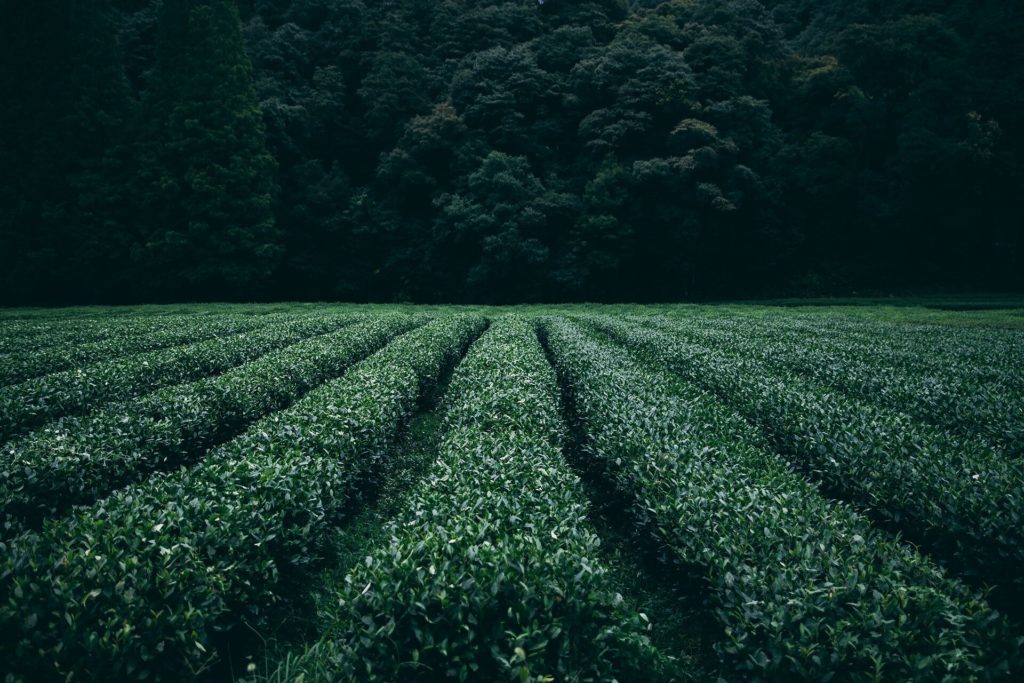Original publication by Jane Bracher for phys.org on 5 August 2022

Despite having 14,000 edible and nutritious plant species to choose from, 75% of the food we eat comes from just 12 plants and five animal species.
This homogeneity is increasing, with a report showing that similarities in the types of foods consumed across countries rose by 36% from 1961 to 2009.
The current major sources of the world’s calories—rice, wheat and corn—have supplanted previous regional preferences like cassava and sweet potato. These crops, alongside larger amounts of meat, dairy, and sugar products, are part of a global shift to a Westernized diet that favors energy-dense foods. Oil crops like soybean, sunflower and palm oil have all increased in yield amounts as well.
As these select few crops become dominant, many others inevitably fall behind.
In the last hundred years, 90% of crop varieties in farming have disappeared. There are now efforts to preserve or restore crop diversity, such as through seed vaults or going back to traditional farming methods.
Another analysis of the data showed how staple foods overlapped among countries. In The Guardian’s analysis, what’s eaten in the U.S. and China grew more similar over time, with wheat, soyabean oil, sugar, beef, and beer among the overlaps.
But how did we get here?
Industrial farming is a major culprit for the homogenization of global food, as it continuously adapts to meet high demand by producing higher yields of fewer staples and growing them in more intensive ways.
“Agriculture subsidies are a major driver behind the food that is currently being produced for human and livestock consumption,” Modi Mwatsama, Head of Interventions for Climate and Health at Wellcome and a Registered Nutritionist, explained a key factor that sustains this unsustainable cycle.
“In most countries, these agriculture subsidies go to a small number of crops. These are mainly starchy staples such as wheat and maize, sugar crops such as sugar-beet and sugarcane, and oil crops such as palm oil and sunflower oil. Significant subsidies also go into rearing livestock, partly because that’s where the most money is to be made in the system.”
We know that our food systems account for more than one-third of global greenhouse gas emissions—the main driver of climate change. The majority of these food system emissions stem from land use change (such as deforestation) for industrial farming, rearing livestock for animal-sourced foods, and excessive use of artificial fertilizers on poor quality soils in order to grow a small selection of crops to feed livestock and people.
These industrial food systems which are driving climate change are also consolidated by it. The more difficult conditions become, the more industrial farming intensifies, worsening its impact on the climate and our health.
How does homogenized food affect human health?
The lack of diversity in what we eat can make our food systems vulnerable and affect our health in a variety of ways.
We’re getting insufficient nutrients for our bodies
The limited selection of food that are mass produced means, according to Mwatsama, that we’re missing out on vital minerals, vitamins and other nutrients that come from a truly diverse diet.
For example, we’re missing out on nutrient-dense coarse cereal millet, which is another one of the crops losing ground to wheat and rice.
According to the EAT-Lancet report, we’re also currently eating just around half of the fruits and vegetables needed for a healthy diet and, particularly in high-income countries, eating double the recommended amount of meat and animal-sourced foods. Rebalancing what we eat would benefit health and drastically reduce emissions from food systems.
We’ve already seen an increase in malnutrition (such as under-nutrition, micronutrient deficiency and obesity) in many communities. This is particularly true among vulnerable people when climate hazards lead to a sudden loss in access to food that is compounded by “decreased diet diversity,” according to the Intergovernmental Panel on Climate Change (IPCC) Sixth Assessment Report published in March 2022.
The impacts can be long-lasting.
“Lack of access to sufficient food can have long-term effects that span multiple generations. Underweight babies who are born to undernourished mothers are more susceptible to diet-related diseases in later life,” Mwatsama said.
“The nutrient-scarcity these babies are exposed to in the womb programs their bodies to make the most of every single calorie. Over their lifetime, this puts them at greater risk of conditions such as obesity, diabetes and heart disease. They are more likely to die young compared to healthy babies who are born to healthy mothers.”
Food insecurity is a looming threat
A global food system that relies on and produces only a few types of food is vulnerable to disruption by killer crop and animal diseases and pests. Climate change is creating conditions in which these pests and diseases are more likely to thrive.
The banana is an example of a crop that was intensively selected to favor the industrial food production system and has been made vulnerable by its lack of diversity.
There are hundreds of banana varieties but it had been cultivated into a dominant Gros Michel species, which eventually succumbed to a soil fungus that nearly wiped it out in the 1950s. Gros Michel was replaced by the Cavendish species many of us eat now, which is again at risk of disappearing due to another spreading fungus.
If the main crops that feed the world suffer from a major disease or pest-related incident, we will have few options to turn to. These risks are in addition to the direct impacts that climate hazards such as droughts, fires and floods are already having on agriculture yields.
All these factors have unintended consequences on access to food and, ultimately, our health.
Food systems must prioritize health
We need a transformation of the global food system so that it is environmentally sustainable and prioritizes health.
1. Rethink food subsidies
Assessing the way countries subsidise food is vital, with more support for small-scale subsistence farmers.
2. Invest in resilient food
Investment is needed in more resilient crops and animal species which can withstand the impacts of climate change.
This entails diversifying crops and moving away from an over-reliance on monocultures and monocropping. It also means moving away from unsustainable industrial farming practices that continue to drive climate change.
For instance, there are efforts to future-proof coffee with the rediscovery of a forgotten species called Coffea stenophylla, which was found to have better climate resilience compared to current species dominating global coffee consumption.
3. Raise awareness to help enable policy solutions
All these solutions will only be possible if there is an environment that enables the required policy changes to succeed.
Mwatsama believes politicians need to be empowered to introduce those policies and push them forward. That can happen if there’s an awareness among the public of the two-way impacts of our current food systems on human health and climate change.
This is why food systems have been included in Wellcome’s latest Climate and Health call. Wellcome is awarding up to £2 million to collaborations between researchers and policy and implementation partners in G7 countries to come up with policy solutions for climate mitigation which have health co-benefits. Real change can happen if it is backed up by policy.
Feeding a population of eight billion people and counting in a sustainable way is no easy task, but it’s not impossible. In fact, it’s critical.




